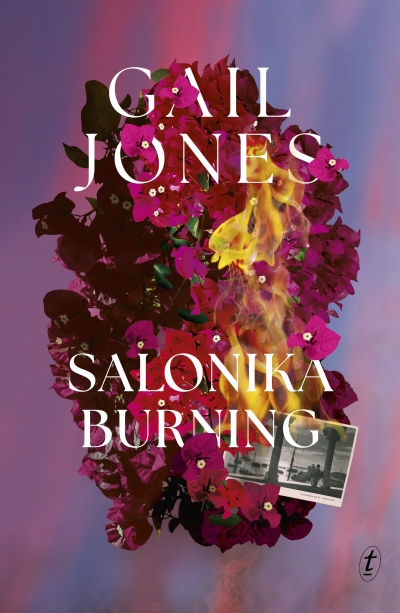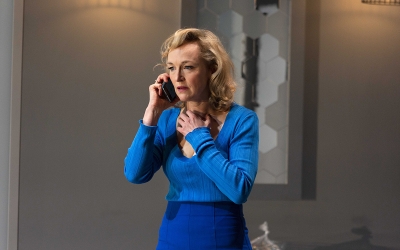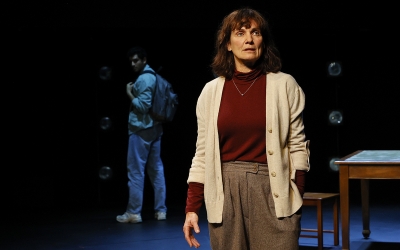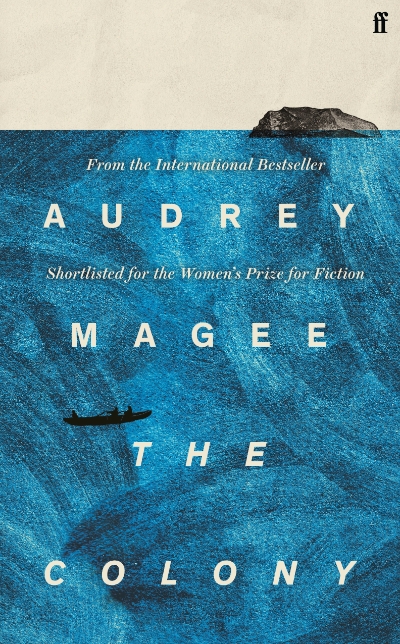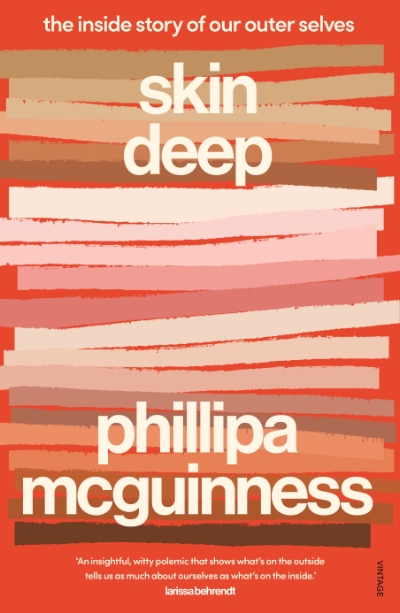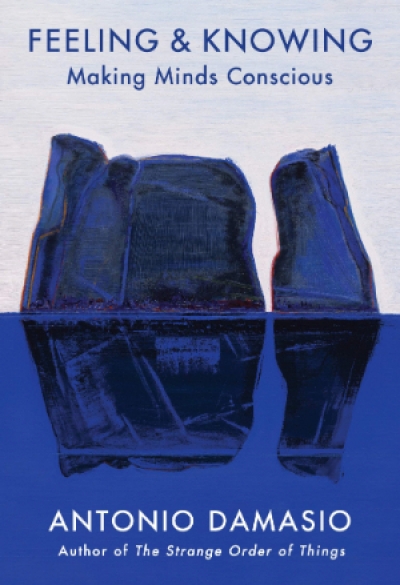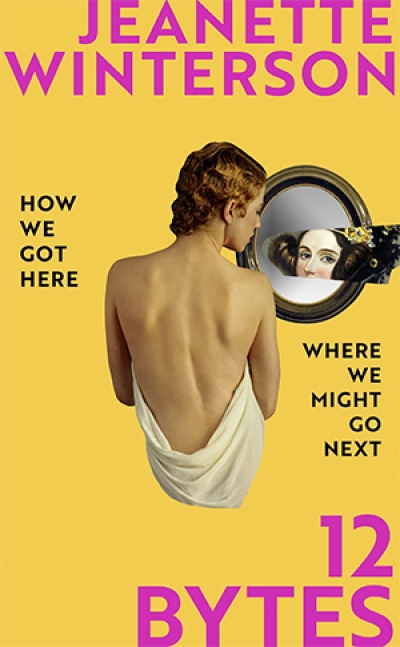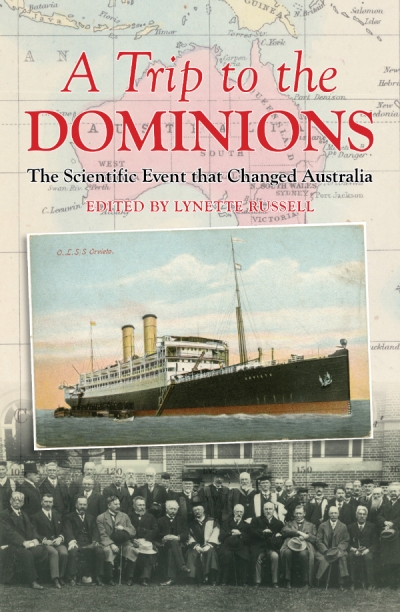Diane Stubbings
Australian playwright Suzie Miller, a mainstay of independent stages both in Australia and overseas, is having something of a breakthrough year. Two of Miller’s play are having their mainstage premières – Anna K and RBG, Miller’s ode to American jurist Ruth Bader Ginsberg (Sydney Theatre Company, October–December) – and her Griffin-award-winning play Prima Facie (2019) has been a sell-out smash in London’s West End and broadcast around the world as part of the prestigious NT Live initiative of Britain’s National Theatre.
... (read more)On paper, American playwright Adam Rapp’s The Sound Inside is an intriguing piece of writing. Bella Baird, a professor of creative writing at Yale University, ‘emerges from the darkness’ onto a nondescript stage and introduces herself. She speaks in the ‘heavily embroidered, figurative’ sentences that she dissuades her students from using, a liberty she allows herself standing here, alone in a park, ‘[talking] things out’.
... (read more)
